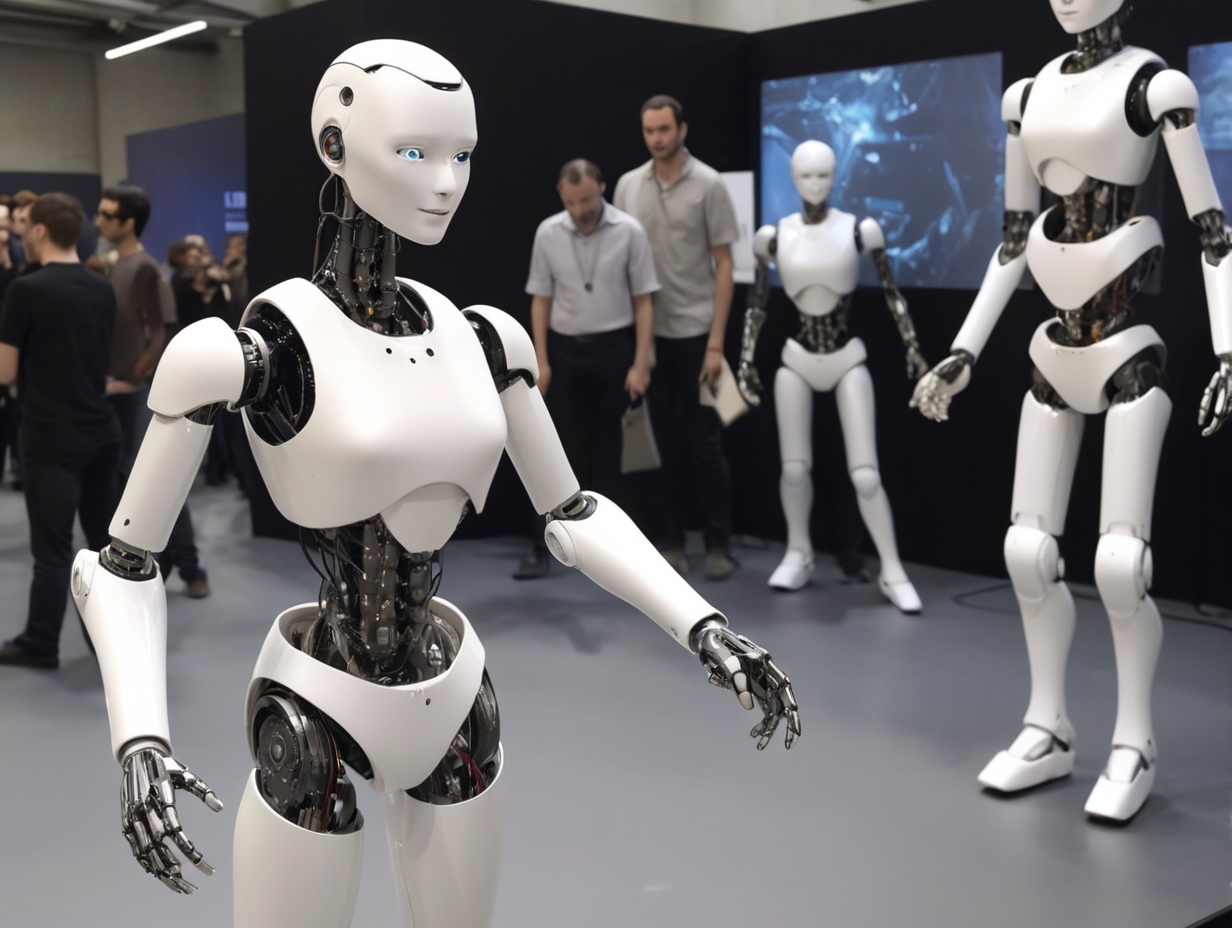In a groundbreaking advancement at U2IS, ENSTA Paris, researchers have introduced a novel deep learning-based model aimed at enhancing the motion imitation capabilities of humanoid robotic systems. This model, outlined in a pre-published paper on arXiv, represents a significant stride towards enabling robots to closely replicate human actions and movements in real-time, potentially revolutionizing various industries.
Addressing correspondence issues
The research, led by Louis Annabi, Ziqi Ma, and Sao Mai Nguyen, tackles the challenge of human-robot motion imitation through three pivotal steps: pose estimation, motion retargeting, and robot control. Initially, the model employs pose estimation algorithms to predict sequences of skeleton-joint positions fundamental to human motions.
Subsequently, these predicted sequences are translated into joint positions compatible with the robot’s body, overcoming the hurdle of human-robot correspondence. Finally, the translated sequences are utilized to plan the robot’s motions, paving the way for dynamic movements essential for executing tasks efficiently.
Harnessing the power of deep learning
The researchers highlight the scarcity and labor-intensive nature of collecting paired data of associated robot and human motions, prompting them to leverage deep learning methods for unpaired domain-to-domain translation. This approach allows the model to perform human-robot imitation without relying on meticulously collected paired data, showcasing the versatility and adaptability of deep learning techniques.
Preliminary tests and future directions
Initial evaluations of the model’s performance yielded valuable insights, albeit falling short of the desired outcomes. While the model showcased potential, it failed to meet expectations, indicating the current limitations of unsupervised deep learning methods in real-time motion re-targeting.
Moving forward, the researchers intend to conduct further experiments to pinpoint underlying issues and refine the model accordingly. Key areas of focus include investigating the shortcomings of the current method, curating datasets of paired motion data from human-human or robot-human imitation scenarios, and enhancing the model architecture to achieve more precise retargeting predictions.
Implications and Future Prospects
The introduction of this deep learning-based model holds profound implications across various domains, including robotics, automation, and healthcare. By bridging the gap between human motions and robot capabilities, this research lays the foundation for robots to seamlessly imitate human actions, potentially streamlining tasks in industrial settings, aiding in rehabilitation therapies, and enhancing human-robot collaboration.
Moreover, the researchers’ commitment to addressing the current limitations underscores their dedication to pushing the boundaries of innovation in robotics. As advancements continue to unfold, the prospect of deploying humanoid robots with enhanced imitation learning capabilities becomes increasingly tangible, promising a future where human-robot interactions are more intuitive and productive.
The research conducted by Louis Annabi, Ziqi Ma, and Sao Mai Nguyen at U2IS, ENSTA Paris represents a significant milestone in the realm of humanoid robotics. By pioneering a deep learning-based model for unsupervised human-robot imitation, the team has paved the way for robots to emulate human actions with greater accuracy and efficiency.
While challenges persist, the researchers’ unwavering commitment to further exploration and refinement heralds a promising future for robotics. As the field continues to evolve, the potential applications of this technology are vast, promising transformative advancements across industries and reshaping the landscape of human-robot interaction.





